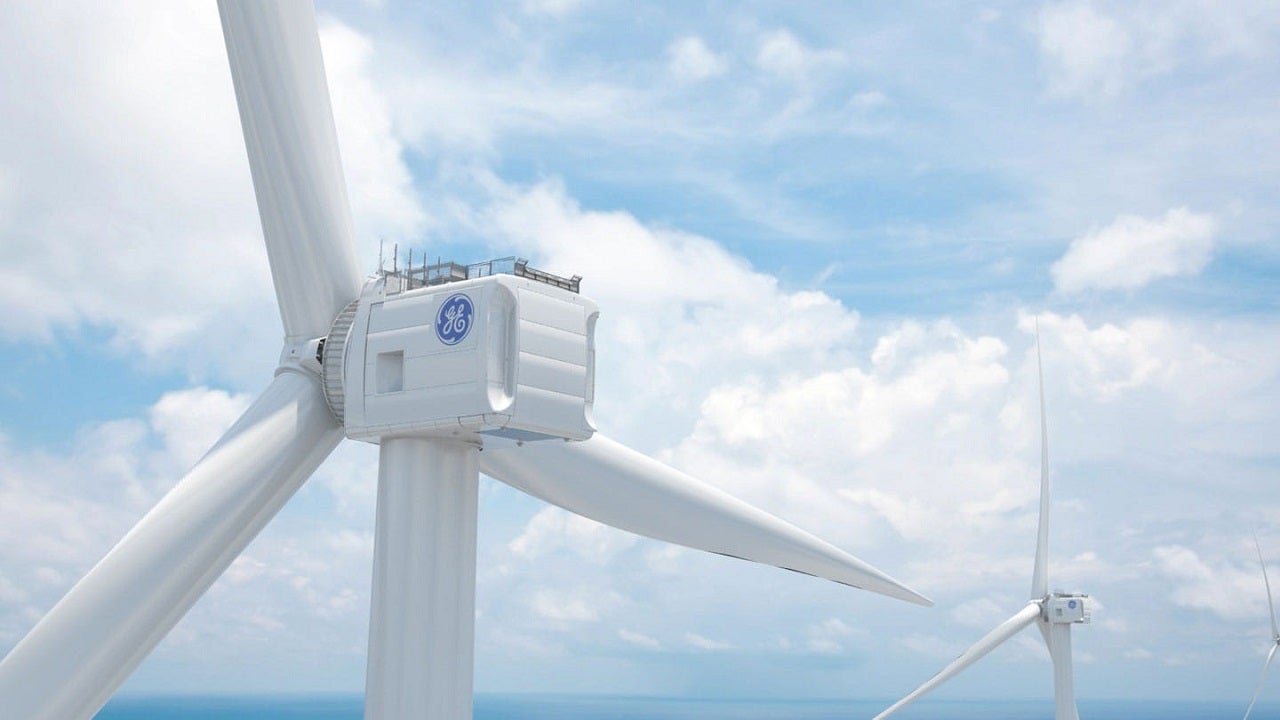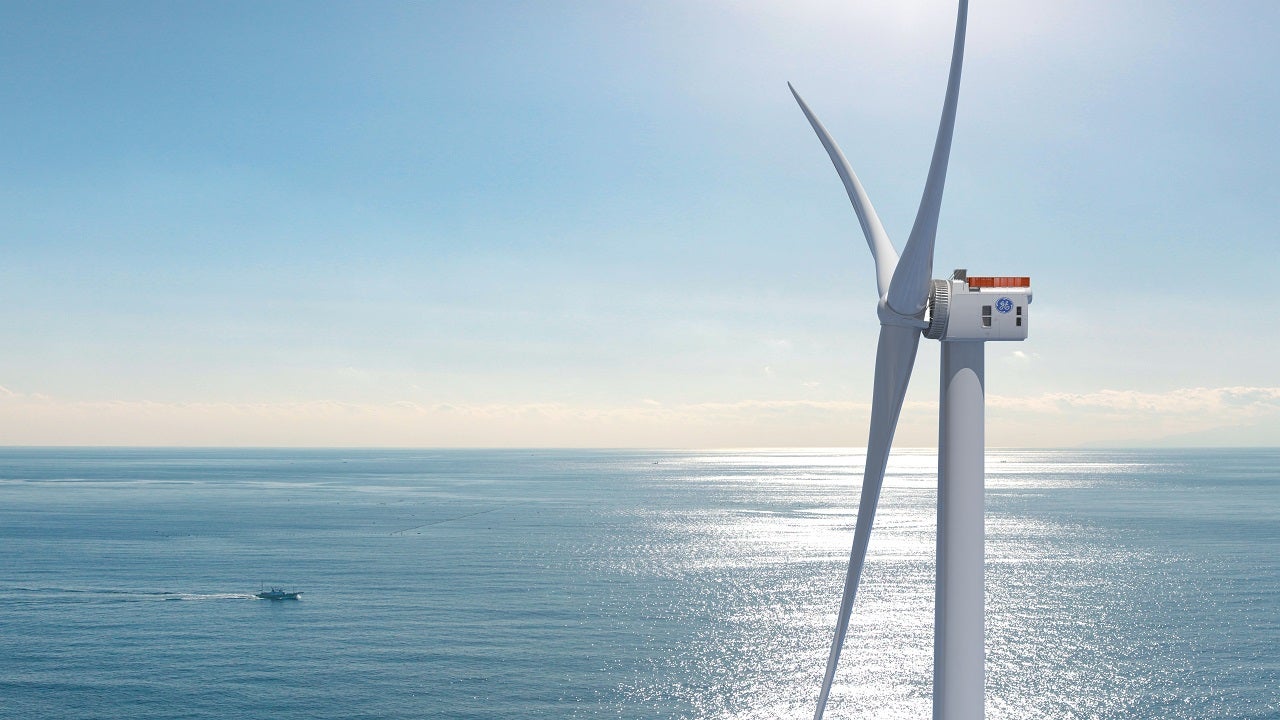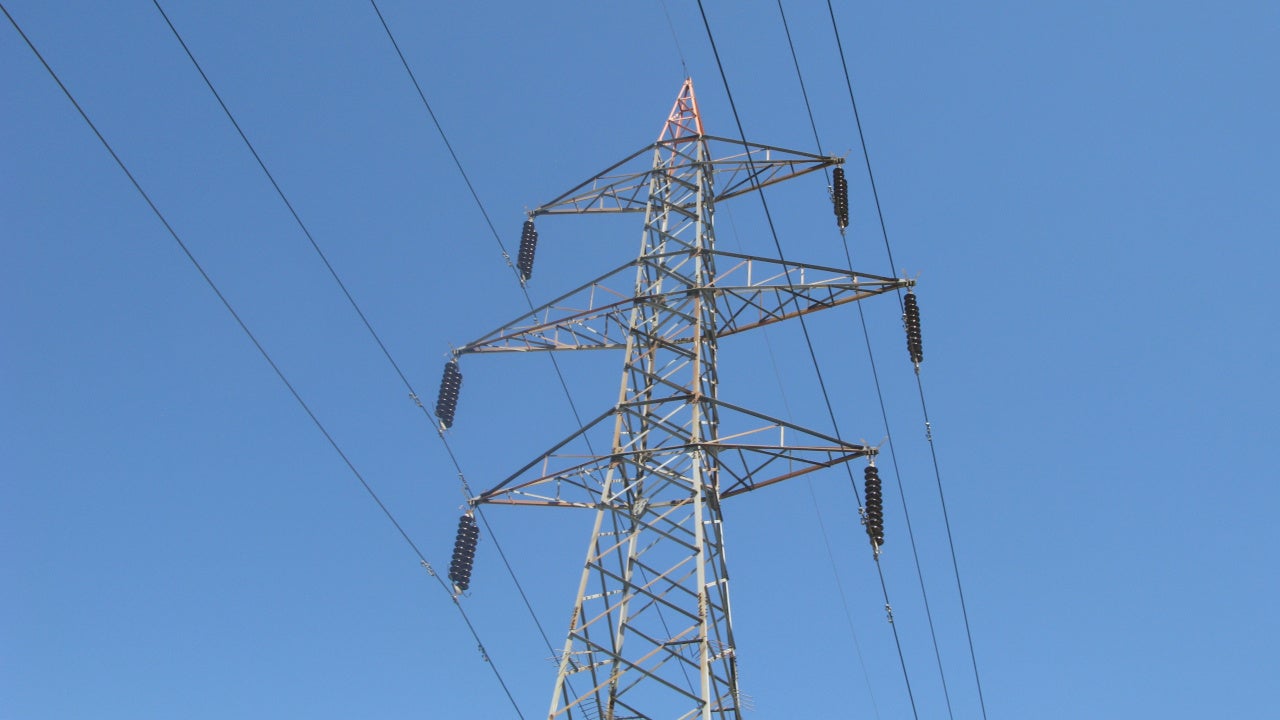The Ocean Wind 1 project is a 1,100MW offshore wind farm being developed by Ørsted in New Jersey, US. It will be located off the coast of Atlantic City, approximately 24km off the coast of southern New Jersey.
It will be the first utility-scale offshore wind project in New Jersey, supplying clean and reliable energy to more than 500,000 households in the state.
The project was originally undertaken by Ørsted and New Jersey’s Public Service Enterprise Group (PSEG). Ørsted became the sole owner by acquiring PSEG’s 25% ownership interest in the project in January 2023.
Ørsted is developing the project via Ocean Wind, an affiliate of Ørsted Wind Power North America.
The wind farm is expected to begin operations by 2025. It is expected to generate $1.17bn in economic benefits and an estimated 15,000 jobs over the project’s life.
Ocean Wind 1 development details
The New Jersey Department of Environmental Protection approved the project in April 2023.
The final environmental impact statement for the wind farm was issued by the Bureau of Ocean Energy Management (BOEM) of the US Department of the Interior in June 2023.
BOEM announced the approval of the construction and operation of the wind farm in July 2023.
Onshore construction works for the project are anticipated to be started by the end of 2023, with the start of offshore construction works expected in 2024.
Ocean Wind 1 project background
The New Jersey Board of Public Utilities selected Ocean Wind as the state’s first large-scale offshore wind farm in June 2019.
The project will help the state of New Jersey in achieving its goal of producing 7.5GW of offshore wind energy by 2035. The expansion of zero-carbon energy resources is a crucial part of New Jersey’s Energy Master Plan, a strategic plan designed to fulfil the state’s goal of achieving 100% clean energy by 2050.
Ørsted will develop an operations and maintenance (O&M) base for the Ocean Wind 1 project in Atlantic City. Apart from the more than 3,000 direct jobs a year through the project development and a three-year construction cycle, Ocean Wind 1 will also generate 70 full-time jobs at the O&M facility over the 25-year life of the project.
The project will receive an offshore wind renewable energy certificate (OREC) price of $98.10/MWh produced in the first year, with a levelised net OREC Cost – representing the actual OREC costs to ratepayers after factoring in energy and capacity revenues from the project – estimated at $46.46/MWh. This will result in an estimated ratepayer impact of a monthly bill increase of just $1.46 for residential customers.
The price will be increased by 2% a year during the OREC’s 20-year period.
Ocean Wind 1 project make-up
The wind farm will feature up to 98 Haliade-X 12MW offshore wind turbines mounted on monopile foundations.
The electricity generated by the turbines will be gathered and transmitted to three offshore substations through 300km of inter-array cables.
Electricity from the offshore substations will be transmitted onshore through three 275kV export cables with landfalls in Cape May County and Ocean County.
The project also includes the construction of two onshore substations.
Turbine details
The Ocean Wind 1 project will be powered by GE Renewable Energy’s Haliade-X 12MW offshore wind turbine. GE considers it to be the world’s most powerful wind turbine.
The turbines will also be deployed at the company’s Skipjack project off the coast of Maryland, marking it the world’s first commercial deployment of the Haliade-X 12MW turbine.
The Haliade-X is considered to be the most efficient ocean-based wind platform with a capacity factor of 60%-64%. It has a height of 260m and a rotor diameter of 220m, with each blade having a length of 107m and a swept area of 38,000m².
Variations in the wind speed are not expected to significantly impact the turbine’s operations due to design advantages such as bigger rotors, longer blades and higher capacity factor. The features enhance the predictability and the capacity to produce more power at low wind speeds. The turbine can capture higher annual energy production compared to any other offshore wind turbine even in low wind conditions.
Grid connection to the Ocean Wind 1
Similar to other Ørsted’s offshore wind projects, Ocean Wind 1 will be connected to the grid via transmission cables. The cables will originate at the turbines and will be collected at offshore substations to be transported to the shore through buried submarine cables.
The cable will be tunnelled beneath the beach using horizontal directional drilling, ensuring the cable remains buried throughout the length of the coastal zone to reduce the impact on sensitive coastal habitats. The buried cable will then run along the existing roadways and rights of way to finally reach the inland substations to be connected to the existing land-based electrical grid at the BL England power plant in Cape May County and at Oyster Creek in Ocean County.
Contractors involved in the Ocean Wind 1 project
Jingoli Power and Burns & McDonnell were awarded a contract for the construction of the onshore transmission system for the wind farm in April 2022.
Jingoli Power will be responsible for the construction of an onshore electric substation near the BL England generating station and the installation of an underground electric export cable from the landfall to the new substation in Cape May County.
Burns & McDonnell will install a substation in the upper township that includes an interconnection to an Atlantic City Electric substation. It will also install a substation at Oyster Creek, with interconnection to a nearby First Energy substation, apart from installing an underground export cable from the landfall to the onshore substation.
Monopiles for the wind turbines will be manufactured at German steel manufacturer EEW’s monopile manufacturing facility at the Port of Paulsboro in New Jersey, US.






